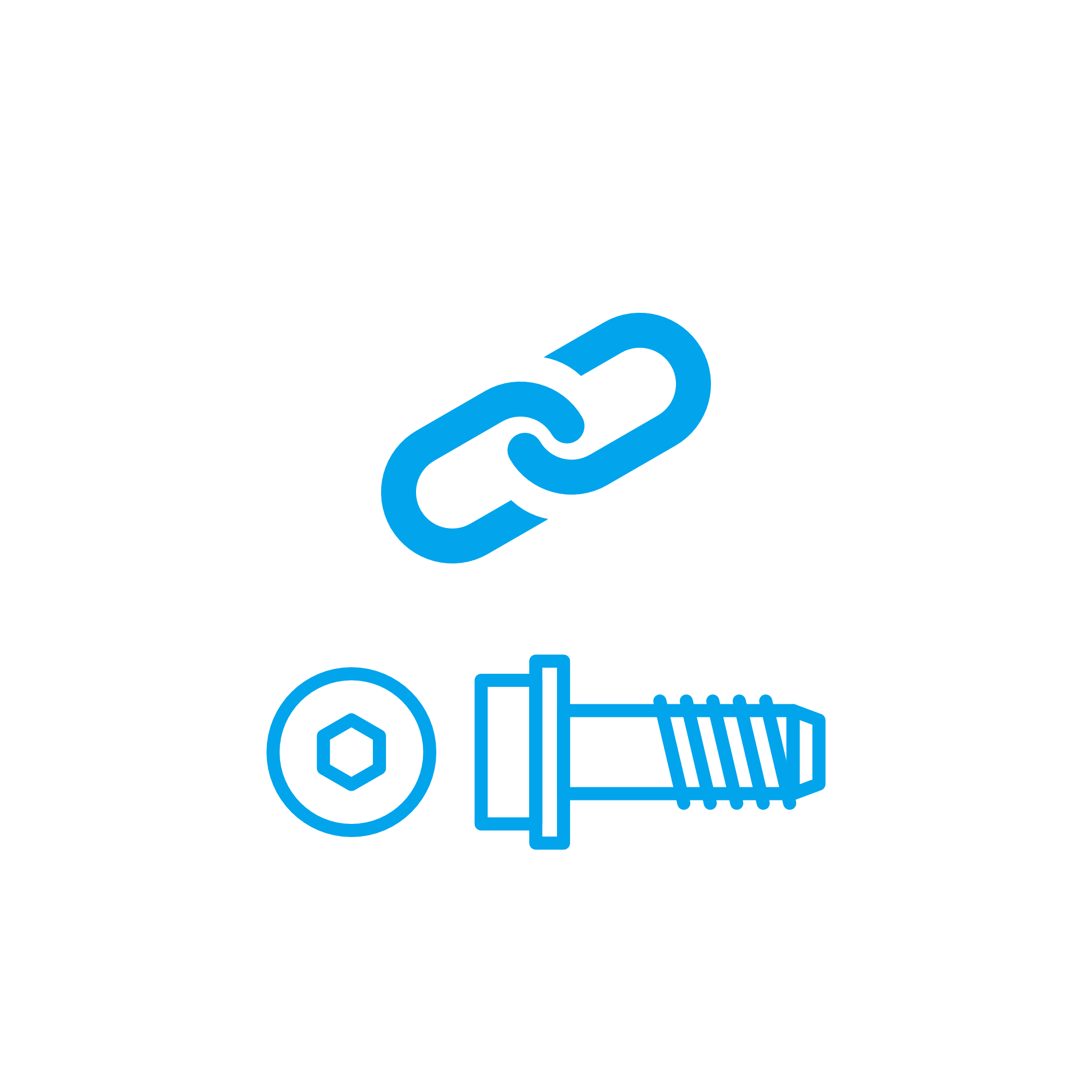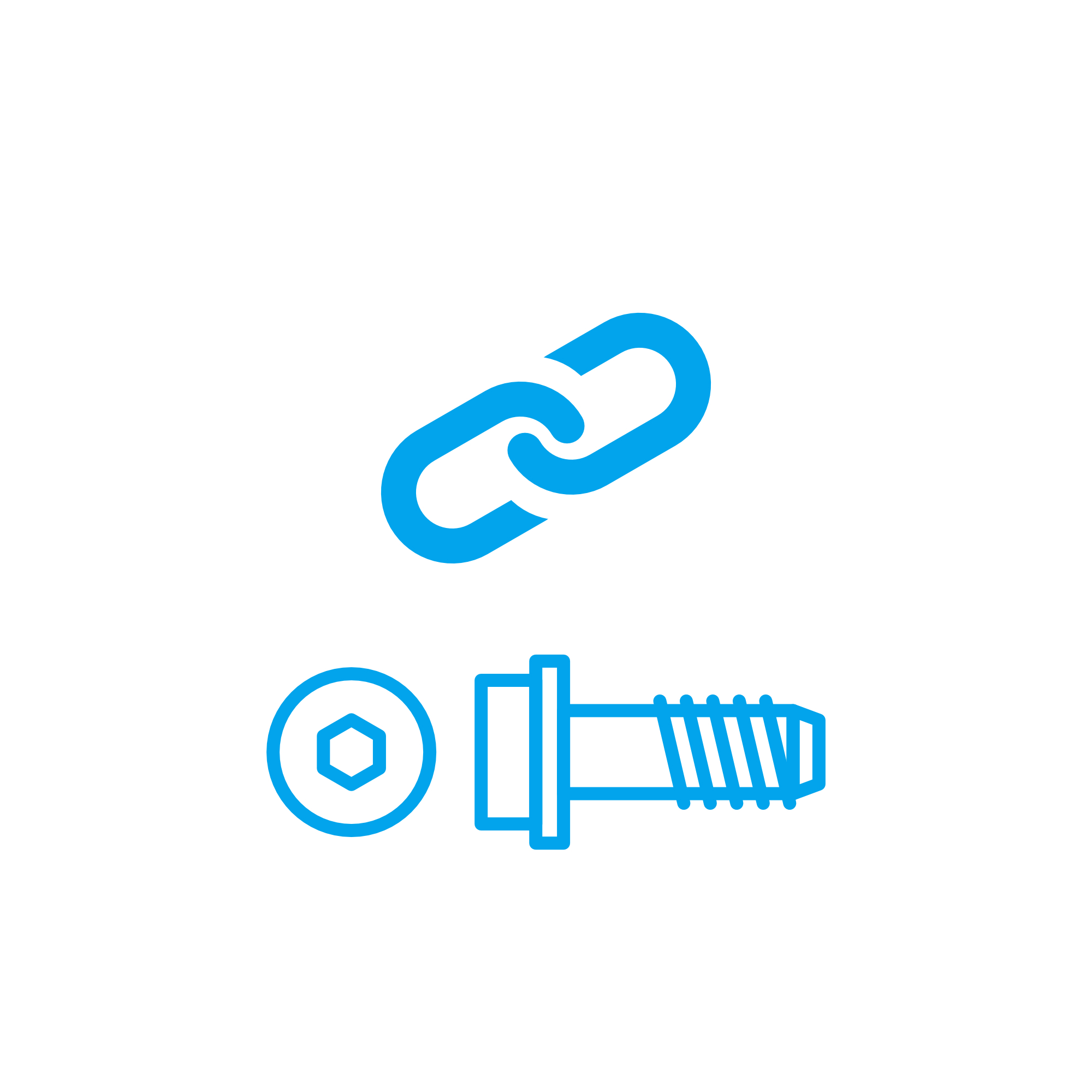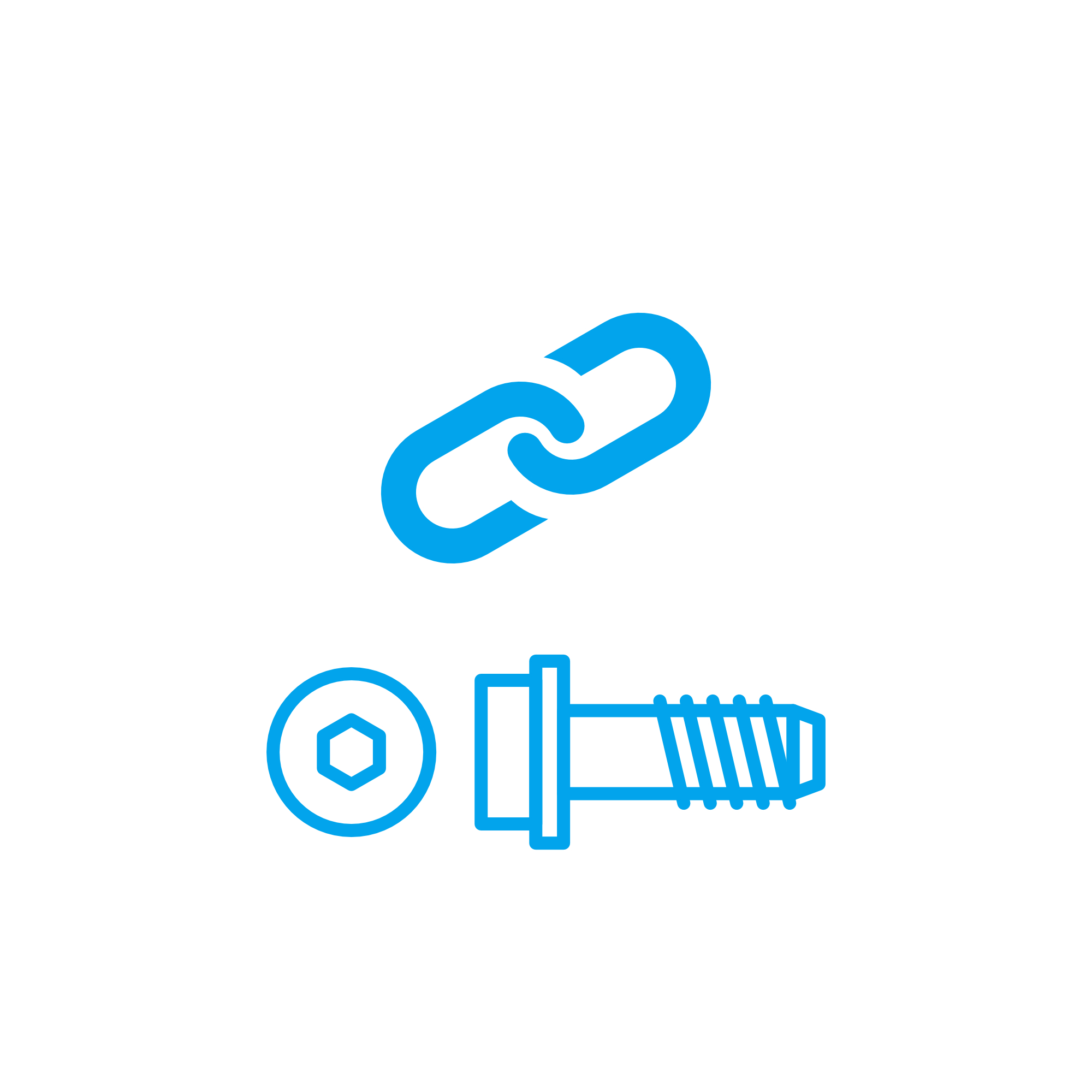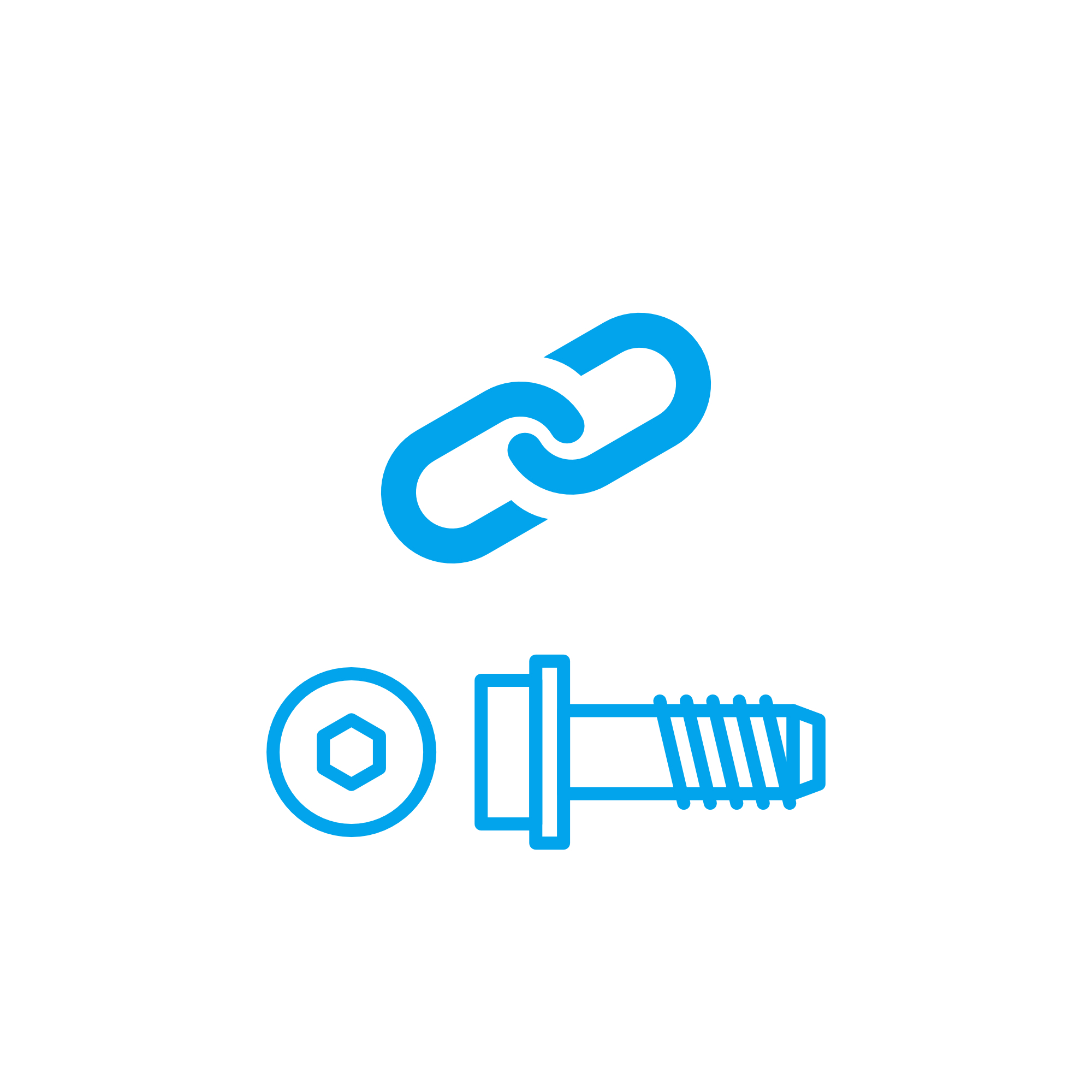BALL KNOB connecting elements for professional engine applications
Connecting elements are the backbone of every engine assembly. They include bolts, studs, nuts, washers, clamps, threaded rods, pins, and specialized items such as control-lever handles and linkage ends with a BALL KNOB. In diesel and gas engines—on land and at sea—these components create precise, load-bearing joints that hold major systems together: cylinder heads, main bearings, connecting rods, manifolds, turbochargers, fuel and cooling lines, and instrumentation. Without correctly engineered connecting elements, engines cannot maintain compression, alignment, sealing pressure, or vibration resistance—core conditions for reliable power and safe operation.
In marine environments, connecting elements must also resist saltwater corrosion and cyclic thermal loads. In power-generation and industrial settings, they face sustained high temperatures and fluctuating torque. For purchasers, shipowners, and technical decision-makers, selecting the right connecting elements is fundamental to uptime, predictable maintenance, and lifecycle cost control.
Technical function of connecting elements and BALL KNOB marine engine applications
Technically, connecting elements generate and retain clamping force that keeps parts seated and aligned. High-strength bolts and studs—often ISO 898-1 grades 10.9 or 12.9, or ASTM/ASME materials such as A193 B7 and A320 L7—are tightened to a specified preload using torque, torque-angle, or yield methods. Correct preload prevents joint separation, controls gasket compression for leak-free seals, and stabilizes component geometry under dynamic loads. Washers, collars, and flanged nuts distribute load and manage friction so that applied torque translates into predictable bolt stretch. Locking features—chemical thread lockers, prevailing-torque nuts, safety wire, and wedge-lock washers—maintain clamp load when the engine vibrates or undergoes thermal cycles.
Material selection and finishes are equally critical. Alloy steels with precise heat treatment deliver fatigue resistance in rod bolts and main bearing caps. Surface treatments like phosphate, zinc-nickel, or dry-film lubricants stabilize friction coefficients, enabling consistent torque-to-preload conversion. In marine service, stainless or nickel-based alloys and protective coatings mitigate pitting and crevice corrosion. Precision threads with tight tolerances reduce fretting, while dowel pins and sleeves ensure repeatable alignment during overhauls.
Controls and linkages are also part of the connecting element ecosystem. A BALL KNOB marine engine lever or a BALL KNOB diesel engine governor linkage improves grip, ergonomics, and repeatability for manual actuation. In tight engine rooms or on vibrating platforms, the rounded handle aids precise control, reduces slippage, and enhances safety during adjustments. When sourced as BALL KNOB OEM parts, the thread fit, diameter, and material hardness match the lever specifications, ensuring secure connection and long service life under oil, heat, and salt exposure.
· High, stable preload for leak-free joints and correct clearances
· Heat- and fatigue-resistant materials for continuous duty cycles
· Corrosion protection tailored to marine engine environments
· Reliable locking to resist vibration and thermal cycling
· Precision threads and tolerances for repeatable assembly
· Compatible geometry for linkages, including BALL KNOB handles
· Documented traceability and specifications for compliance and safety
Importance for engine operation and service life
Connecting elements are decisive for reliability. Loss of preload in cylinder head studs can cause gasket failure, blow-by, or coolant-oil cross-leaks. Relaxation or creep in exhaust manifold studs can lead to hot-gas leaks, sensor errors, and turbocharger performance loss. Worn or corroded fasteners in fuel and lube lines risk leakage, fire, or environmental incidents—unacceptable on vessels and critical facilities. Misaligned components due to fatigued dowels or bolts increase bearing loads, accelerate wear, and raise fuel consumption. In controls, a loose lever or degraded BALL KNOB can impair fine adjustments and prolong startup, tuning, or emergency shutdown actions.
Routine inspections should track torque retention, signs of fretting, thread damage, and coating breakdown. Replace torque-to-yield bolts after one service cycle, renew nuts and washers where required, and follow specified lubrication for friction control. These practices extend service intervals and prevent cascading failures.
Advantages of OEM spare parts suitable for connecting elements
Using OEM spare parts suitable for connecting elements aligns installation accuracy with the engine builder’s specification. Dimensional fidelity and verified metallurgy deliver predictable preload, joint stiffness, and fatigue life—key to consistent performance and lower total cost of ownership. Coatings, lubricity, and hardness values are tuned to the torque-tension profile, reducing installation scatter and rework. Documentation and batch traceability support class, flag, or site compliance and streamline audits. For controls, BALL KNOB OEM parts ensure exact thread engagement (e.g., M6–M12), proper shoulder length, and oil- and heat-resistant materials for confident operation.
Budget and uptime benefit from longer intervals between overhauls, fewer unplanned stoppages, and faster on-site assembly thanks to parts that fit and perform without adjustment. Predictable torque-angle values, matched washers and nuts, and specified locking methods reduce installation errors and minimize the risk of joint relaxation. In marine operations, corrosion-appropriate alloys and coatings prevent early replacement, cutting total spend across the engine’s lifecycle.
BALL KNOB OEM parts for diesel engine and gas engine control linkages
Spec-compliant BALL KNOB OEM parts provide consistent ergonomics and secure retention on governor levers, fuel racks, and manual valves. Oil-resistant polymers or coated metals maintain grip and surface integrity, while precise threads prevent back-off under vibration. This improves operator safety and control fidelity during maneuvering and load changes.
MOPA: fast, secure supply of OEM parts for connecting elements
MOPA is an experienced and reliable partner for OEM spare parts connecting elements. We supply bolts, studs, nuts, washers, clamps, dowels, unions, and BALL KNOB components for diesel and gas engines with an emphasis on speed, quality, and security. Our network enables rapid sourcing, competitive lead times, and robust packaging to protect threads and coatings. Every shipment is managed with clear documentation and product traceability, helping technical teams install with confidence and keep assets on schedule—whether alongside during a short port call or during a planned power-plant outage.
Conclusion: connecting elements and BALL KNOB value
Connecting elements underpin compression, alignment, and sealing—the fundamentals of safe, efficient engine operation. From critical fasteners to ergonomic BALL KNOB components, spec-accurate choices drive reliability and performance.
OEM spare parts suitable for connecting elements deliver consistent fit, verified materials, and dependable installation results—reducing downtime, safeguarding budgets, and extending engine service life.





